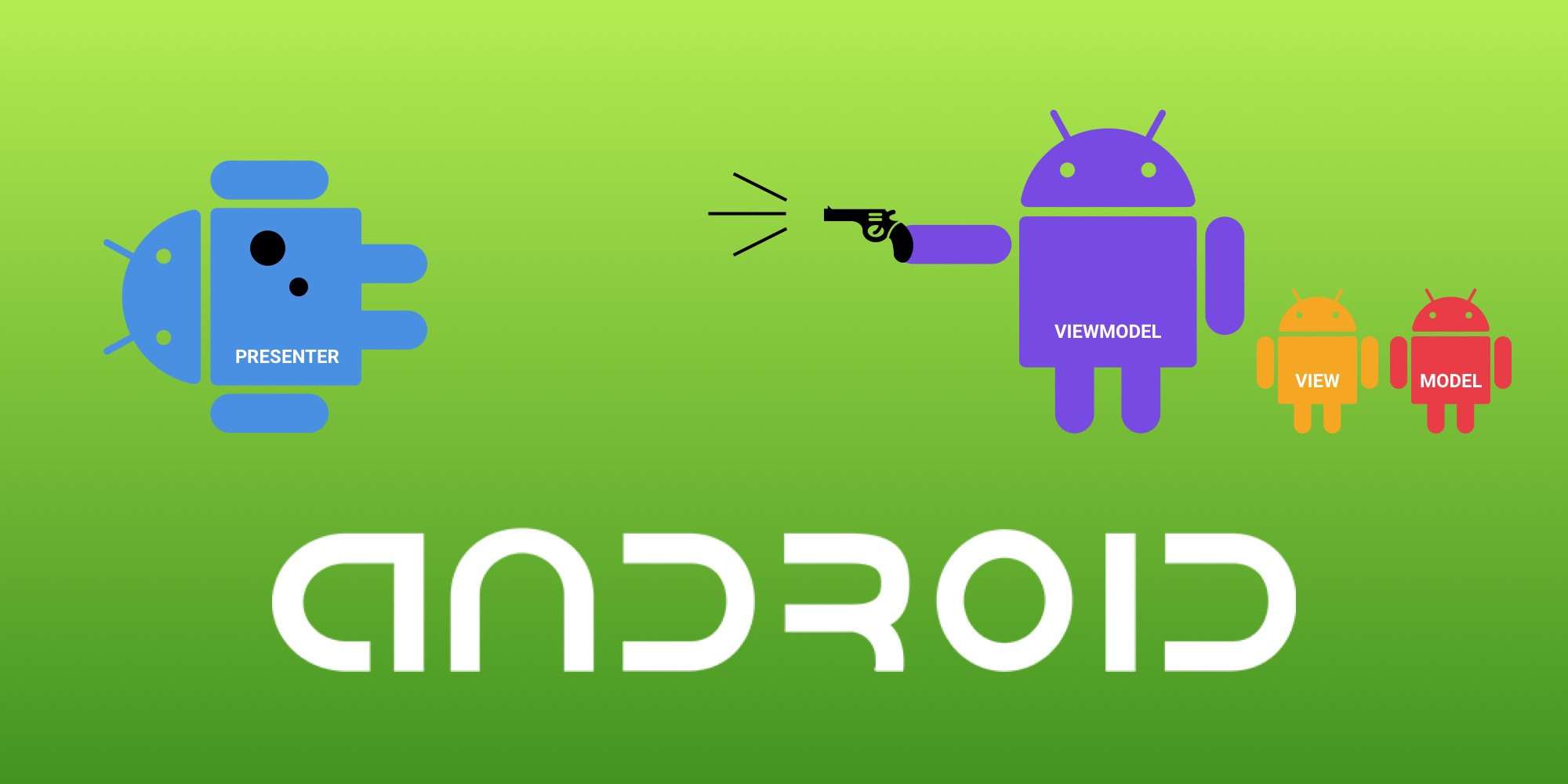


Models are merely entry points for business logic and save the information because model has contained data. The aims of MVP is to increase the amount of code that could be tested through automation and tackles some concerns with the presentation layer by segregation business logic from the user interface.
The User Interface component such as jQuery, HTML and CSS are handled by View. The function is manages the properties of views and in charge of showing the data. The Presenter is dependable for interaction between Presenter and Presenter processes the request and applies the relevant logic before returning data to View for display on screen. So that, the view is responsible for displaying the data obtained from contoller and also converts the models into user interface.
The presenter receive data from the View to evaluate data with Model and returns the results to View once the processing is complete. They communicate woth one another by an interface although the View and Presenter are separate completely.
A developer will be able to work on the view while another one will work on the controller at the same time because MVC architecture accelerates developmen in parellel. The result is the project will complete the project quicker than expected.
The model possible to build multiple views with the MVC model. Business logic and data are separated from the display and code duplucation is very limited.
The model possible to integrate the MVC architecture with all popular JavaScript framework meant that developer can use MVC architecture with site-specific browsers, PDF files and desktop widgets. Additionally, it also possible to have apps build to loads fast as MVC supports asynichronous technique.
The user interface in the web application tends to change more even compared to the rules of the company. The developers keep making changes frequentlu such as fonts, screen layouts, color and adding device support for tablets or mobile phone.
MVC returns the data without applying any formatting meant that the same components can be used and called for by using any interface.
The model is possible to come up with SEO-friendly URLs which can be used to generate more visits to the app or site. The reason is because MVC design pattern offers support for web applications or web pages that are SEO (Search Engine Optimization) friendly.
The model layer of the MVVM architecture is identical to the model layer of the MVP paradigm in that it contains data that serves as a gateway the business logic. This is because the model layer is not directly linked to the view layer and the models can be reused in a variety of situations.
The View layer is responsible for data display to relate many variable and actions in a customizable way in the MVVM design. This layer also sends the values to the ViewModel to help change the user interface view.
The ViewModel contains all the information needed to display the view because it is the bottom layer that can finally ends the model layer and set up for available data. Moreover, numerous views can functionally share a single ViewModel that allow the same functionality to be used for a completely different design. It also makes data streams relavant to the View visible and serves as a link between the database and the view that contain all functionalities.
The model will become possible to get into smaller and focused parts of the codes and make changes easily due to the separation of different kinds of code in a cleaner manner. The reason is because it will help developer to get ahead with new releases quickly and stay agile.
In case of MVVM architecture, each code is implemented in the proper manner, all the internal and external dependencies will stay remain form the code which contains the core logic of the application which were planning to test because each code remains granular. If the developers are planning to write unit tests against the core logic, it will become much easier.
The model at times gets moxed with maintainability due to the increased granular pieces of code and separation boundaries. The developer have a better chance of getting model done if developer plan to reuse any of those parts. It also comes with the feature where developer can add new pieces of code or replace the existing ones which do similar work at some places within the structure of the architecture.